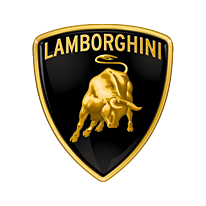Lamborghini Miura

Self-made millionaire Ferruccio Lamborghini made his fortune by building tractors from army surplus left by the Allied Forces back in 1945. Lamborghini’s dream car was designed to directly oppose Ferrari’s race-ready, track-derived monsters. Wanting a higher level of refinement, Lamborghini’s first car to roll off the assembly line was the 1963 350 GTV. With both car and agricultural businesses flourishing, Ferruccio allowed his engineers to design and construct a new car – the legendary Miura, arguably the world’s first supercar. Following decades of financial uncertainty and ownership changes, the company now operates as part of the Volkswagen empire, and has enjoyed significant sales increases in the last 15 years. In 2013, Lamborghini celebrates its 50th anniversary.
Read the latest articles about Lamborghini Miura
8 Lamborghini Miura for sale
All items have been loaded
